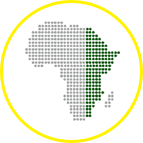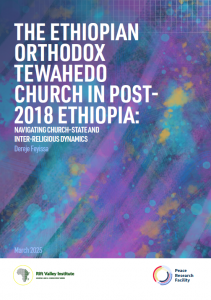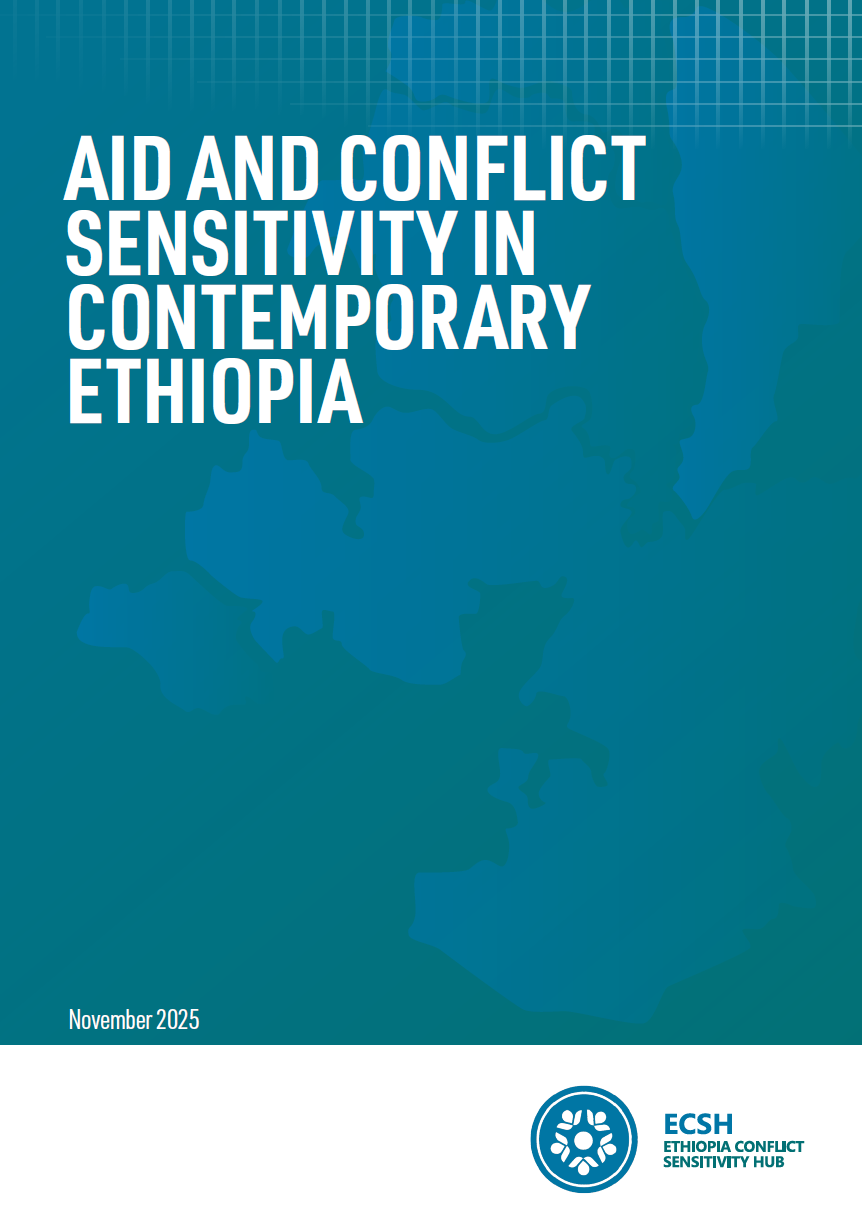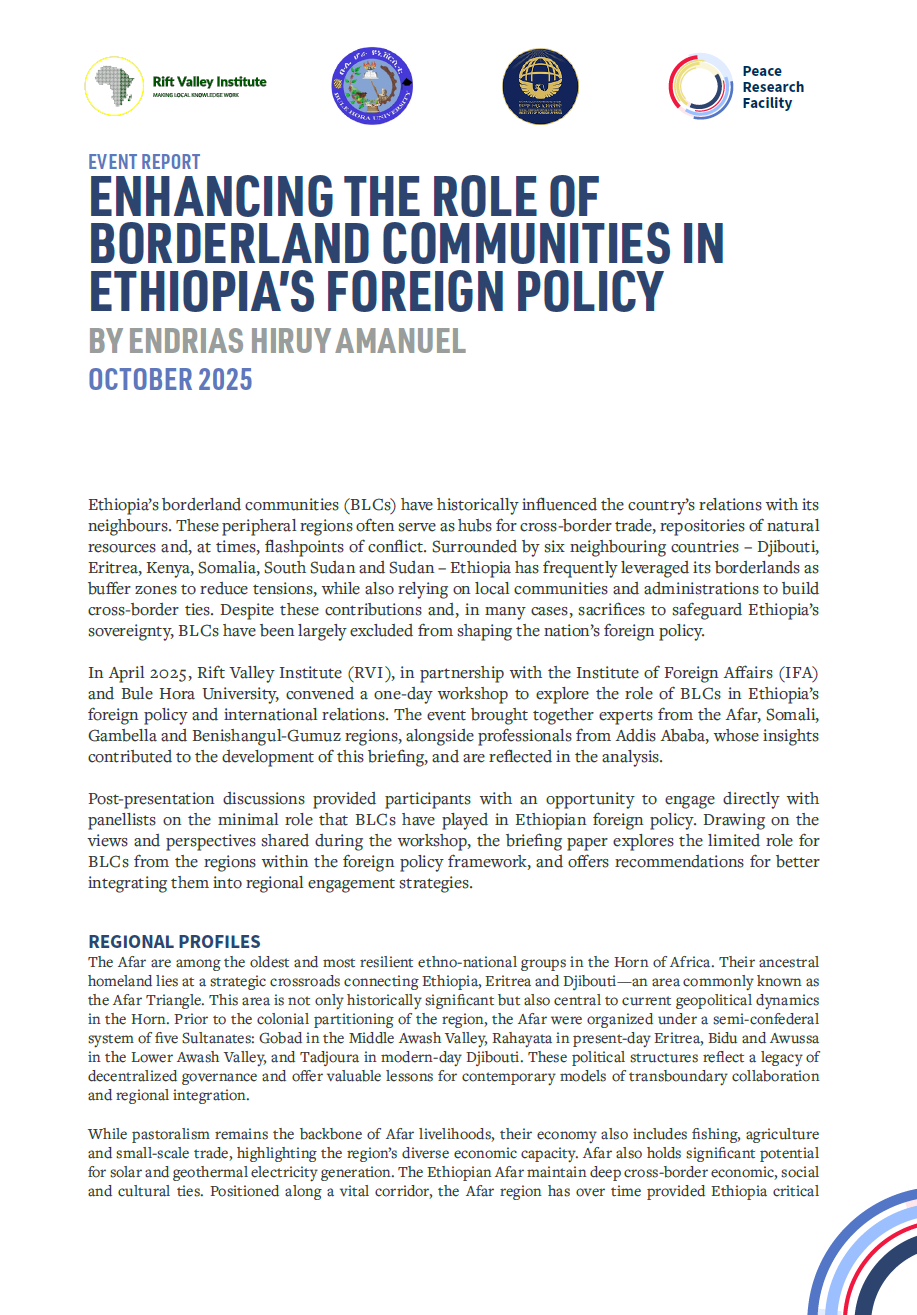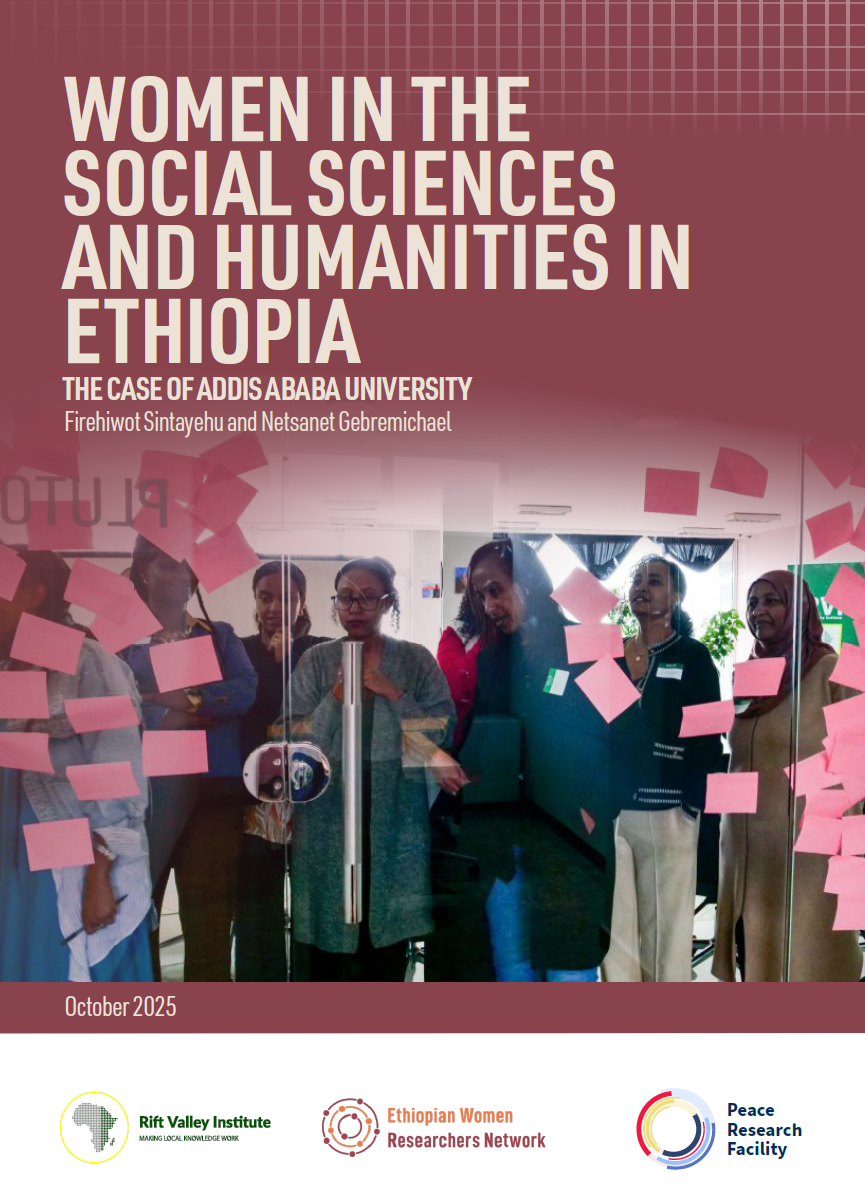This report examines the complex and shifting situation of the Ethiopian Orthodox Tewahedo Church (EOTC) in post-2018 Ethiopia, highlighting its struggle to maintain influence amid political, social and religious changes. In addition to examining both the current EOTC relationship with the government and interfaith dynamics, this analysis takes a historical perspective to contextualize these developments. Understanding the ongoing relationship between the major Ethiopian religious communities—Orthodox Christians, Muslims and Protestants—and the government requires an exploration of the historical hegemony of the EOTC and how this has contributed to the marginalization of Muslims and Protestants as religious minorities. This historical lens also sheds light on the decline of EOTC dominance, particularly since the 1974 revolution, which restructured the Ethiopian state and empowered these historically marginalized groups, fuelling new grievances in the EOTC.
SUMMARY
The EOTC, one of the oldest Christian churches, was the state religion in Ethiopia until the 1974 revolution. Following the revolution and ethnofederal restructuring in the 1990s, the EOTC position weakened, while religious minorities gained more rights, challenging its dominance. The 2018 political shift brought a promising era for the EOTC, with political liberalization and expanded civic space that spurred religious activism. The relation between the EOTC and the administration of Prime Minister Abiy Ahmed Ali was initially positive. Abiy helped unify a long-standing rift in the church, restored confiscated properties and provided land for new churches. This alliance occurred in the broader context of political reform between 2018 and 2020, during which the Abiy administration received support from a pan-Ethiopianist camp, in opposition to ethnonationalist forces. There is also an ideological convergence between the two, particularly around a millenarian vision that both the Abiy administration and the EOTC share—a vision that draws upon the great tradition in Ethiopia, to which the EOTC has made significant contributions.
This was, however, a short-lived alliance. A major factor in the deterioration of the relationship between the EOTC and the Abiy administration is the deepening security crisis that disproportionately affected new regional minorities, in particular the Amharas living outside the Amhara region and Orthodox Christians, where they are a religious minority. This ethnically and religiously targeted violence is closely linked to the security vacuum left in the wake of the transfer of power from the Tigray People’s Liberation Front (TPLF) and its administration. The security situation was further compounded by the rise of ethnonational insurgencies, particularly in Oromia, where violence was strategically deployed to disrupt political alliances, such as the one between the Abiy administration and the pan-Ethiopianist camp. This violence must be understood in the context of Ethiopian history, whereby Amharas and Orthodox Christians are linked to the imperial domination of nations and nationalities in the broader south. The ethno-federal system has created new regional minorities with unequal rights, fuelling tensions. The excessive optimism of the Abiy administration and its reliance on positive thinking has led to a lenient approach to security, viewing instability as a mere growing pain to be tolerated on the path toward prosperity.
Tensions between the EOTC and the Abiy administration are further fuelled by the perception that religious minorities are favoured. Muslims and Protestants have gained religious rights and visibility, challenging the historic EOTC monopoly, especially around sacred narratives. Muslims emphasize early Islamic ties in Ethiopia, while Protestants seek to reframe Ethiopia as the land of reformation. The EOTC resents government recognition of religious diversity and increased public access for minorities. The political visibility of religious minorities, in particular Protestants who occupy top political offices under the Abiy administration, further complicates the situation. The blending of religion and politics reinforces EOTC views of religious favouritism. Despite Abiy’s cautious approach, some governing ideologies such as having a calling and positive thinking reflect Protestant influences and values, while subtly suggesting Orthodox Christianity and Islam are less transformational.
Government interference in the EOTC schism, particularly in Oromia in early 2023, worsened tensions. The government recognized the demands of a splinter group, which the central synod deemed illegal, and provided security to them. Excessive force was used against those resisting splinter group actions to seize churches. The EOTC views this as a political move by renegade bishops, supported by the government, to undermine the central synod and threaten church unity. Government interference in EOTC affairs may not be aimed at destroying the church, as some Orthodox activists claim. Instead, this could reflect a strategy of leveraging power over influential institutions. The Abiy administration has used both conciliation and confrontation to control the EOTC; for example, as a tool for mobilization during the Tigray war and aligning the church with government interests to prevent other political groups from mobilizing its large constituency.
Internal EOTC schisms are not solely due to government interference but also stem from historical factors such as the rivalry between Amhara and Tigray clergy for Orthodox supremacy and their divided perspectives on the war in Tigray. Similarly, calls for ethnic diversity in leadership and language have fuelled the Oromia schism. The separate churches also reflect ethnic divisions: The Tigray church, named after the first bishop based in Axum, is called Menbere Selama, while the Oromo church is known as the Oromia and Nations and Nationalities Synod. Its second iteration is Menbere Petros, named after Abune Petros, an Oromo bishop known for his resistance against fascist Italy.
In the context of its unravelling historically established hegemony, the EOTC has resisted government interference, while negotiating its declining position relative to other religious communities. This resistance has included large-scale mobilizations against government actions, drawing on the rich symbolism and cultural infrastructure of the church. Leveraging political liberalization and the expansion of civic space, EOTC activists have engaged in discursive practices aimed at reimagining Ethiopia through the lens of Orthodox Christianity. The EOTC has also leveraged its status as the largest religious demographic and mobilized at the intersection of religious and ethnic identities to tap into communities of grievances. Political parties and armed movements with strong Orthodox Christian affiliations have also emerged in this environment. It remains to be seen if these mobilizations will achieve their desired outcomes or if they will deepen internal divisions in the church.
THE ETHIOPIA PEACE RESEARCH FACILITY
This report was written for the Ethiopia Peace Research Facility (PRF). The PRF is an independent facility combining timely analysis on peace and conflict from Ethiopian experts with support for conflict sensitive programming in the country. It is managed by the Rift Valley Institute and funded by the UK government.
